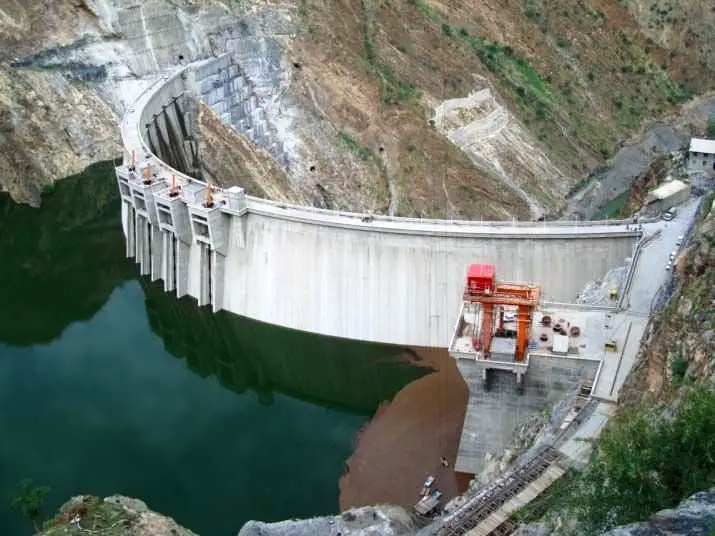The current largest hydropower plant in Ethiopia, the Gibe III, is set to come online this year, according to Water and Energy Minister Alemayehu Tegenu. During the peak season, rainy June through to August, the Gibe III hydropower plant will be capable of generating 187MW of power from one of its turbines.
The hydropower plant cost the country US$1.6bn (24bn Zar) and has 10 installed turbines. Generation will start with one of the 10 turbines if rains allow it.
Power generated from the hydropower plant will be supplied to manufacturing units and some sold to neighbor countries. The Ethiopian Electric Power is hoping to bring one turbine per month for power generation from the plant according to Tegenu, if rains allow. The number of turbines on the hydropower plant, according to him, will be limited if there is no enough water for use on all turbines. If there is sufficient water in the reservoir (dam) it will be possible to generate the maximum,” he said. “If there’s no water, you will limit the number of turbines.” He said.
Salini and other Gibe III hydropower plant developers have said it will boost power capacity in the country by 234%.
Ethiopia is hoping to boost generation to 45,000 megawatts from the hydropower plant. Gibe III will join other three dams built by the country since 2004. The government also set aside US$ 20bn last year to boost power generation between 2015-2020.
The Gibe III dam will hold massive amount of water, 3.1 trillion gallons, compared to China’s and world’s largest 39.3 billion cubic meters. The water will be spent for hydro and irrigation. The dam is also expected to control flooding downstream. The dam could generate electricity for sale in Kenya, with an electricity transmission line between the two expected in 2018.
International Rivers, a strong champion opposed to large dams, has reported that water on Lake Turkana will be reduced by two-thirds for three years in order for Gibe III reservoir to be filled. It has said the dam could complicate water supply situation for 370,658 acres of Ethiopian state-owned sugar plantations in the South Omo region, by reducing it to 28% annually.
Ethiopia is also undertaking the construction of the Grand Renaissance hydropower dam, which will be the largest in Africa when complete. Ashegoda wind power plant expansion would also help the country get more power (40MW) on grid. Ethiopia floated, in December last year, a US$1bn sovereign to fund construction and energy projects in the country.

